
GdC26
-
Posts
960 -
Joined
-
Last visited
-
Days Won
6
Content Type
Profiles
Forums
Blogs
Gallery
Events
Store
Posts posted by GdC26
-
-
5 hours ago, Chris Boonzaier said:
OK, a bit of Devils advocate needed here please….
About three years ago a friend was visiting a Schloss in Bavaria which had been the ancestral home of a Graf from about 1820ish to 1920ish.
The historical society there is mainly interested in the history of the buildings, not so much the occupants throughout the ages.
There is a tiny museum with objects related to the Graf family, just y few odds and ends, but it is not the focus of their work. One of the items in the cases is the dogtag and pouch to the youngest son who was killed serving as a Lt at Verdun in July 1916.
In the offices of the society my friend spotted a fieldgrey tunic for a leibregiment Lt. he asked the chairman of the society where it came from, and he had no idea. It had been in the possession of the society for many years, but no one knew its origins and added to that, it is not the kind of thing their museum concentrates on. When my friend asked he said they may consider selling it.
My friend put me in contact wit them, I helped identify it as a leiber regiment and confirmed for them that the son served in the Leibregiment. We chatted for some time and I was informed that if they could not find any proof that it belonged to the young Graf they had no need for it.
I tried to help by looking up the few photos of him available, but none with the jacket.
My info to them was, I think it very possible, maybe even probable it was his, but there was no way of proving it either way as there was no name or tailor label.
After a few years the association voted to sell it and we agreed on a price which was good for them financially, and good for me as I really wanted the jacket.
Although I will never prove it, here is my thinking…
1) A field grey Leiber jacket is pretty rare. The Bavarian Army had maybe 150 (200?) different units from active, reserve, ladwehr, different branches of service… I am going to go out on a limb and say, if you found a random Field Grey Officers tunic in Bavaria, there will be less than a 1% chance it is from the Leibregiment.
2) If you live near Würzburg, there are probably potentially more 9th IR than other Regiments, if you live near Neu Ulm maybe a good chance for 12 IR… but the Leigbregiment was from men chosen from all over Bavaria, so the items would be spread all over Bavaria.
3) Taking the rarity into account, finding a Leiber Tunic to a Lt in the house where a Leiber LT lives points towards the probability that it was the tunic of the person who lived there. Especially because the dog tag and bag he was wearing when he was killed were there as well.
4) The tunic is early war, with Swedish cuffs worn by some officers in 1915, I have seen them in 1916-17 photos, and there are certainly a handful still around in 1918, but I am thinking most of these would have been on their last legs by them. As the jacket in Question is still in tip top condition, it seems to be logical that it could have belonged to an officer killed earlier in the war.
5) Of course, wishful thinking on my side, and I know it will never be proved, but I am going to go with the “if it walks like a duck and quacks like a duck” thing and say, for me I am pretty damned sure it was the jacket of the young Graf…
No need to spare my feelings here… what do you think?
I think you're probably correct. Given its condition, this could well be a "keep at home" tunic. Looks like it doesn't sport loops for n EK I and it certainly does not have button hole ribbon for the EKII or BMVK4 - is that consistent with the young Grafs listings in the Militär Handbuch and/or the pics you have seen? And is the size of the tunic roughly consistent with that of the Graf in these pics?
Kind regards,
Sandro
0 -
6 hours ago, Stogieman said:
Thanks Sandro!
My great pleasure. the book(let) is well worth having.
Kind regards,
Sandro
0 -
For those interested in Forman's Wilhelm II decorations, this may be of interest: https://www.adrianforman.com/shop.php?id=115
Kind regards,
Sandro
0 -
Excellent news indeed!
Kind regards,
Sandro
0 -
12 hours ago, Stogieman said:
No, it's Bavarian allright, but the St. Hubertus Kleinood is the one shown two posts up (in the version with Brillianten, and correctly ID-ed by member 91-old-inf-reg. ). This is a Verdienstorden der bayerische Krone.
Fantastic pieces, many thanks for sharing.
Kind regards,
Sandro
1 -
7 hours ago, VtwinVince said:
Indeed. Where are these pieces now, Huis Doorn?
Best I know, in private collections. The book describes their journey in private hands up to the 1970’/‘80’s and Thies auctioned the medal bar several years ago.
Kind regards,
Sandro
0 -
-
-
Sure Andreas, I'll have a look later this week as time permits and will let you know what I find.
Kind regards,
Sandro
1 -
-
Bingo, well done Christian!
I've copied the pages from the reference you quote below, along with Nimmerrichter's entry in the 1936 Schematismus. And I found this on the website of hte österreichische Staatsarchiv, which I think explains the two badges better than the "Österreichs Generäle" entry:
Julius Nimmerrichter
Geboren am 24.02.1880 zu Aussee.
Kadettenschüler.
1901 Bei Infanterieregiment 56 eingetreten.
1905 Luftschifferkurs,
bei Kriegsbeginn als Oberleutnant, Kommandant der
Festung Ballonabteilung Nr. 1 /Festungsartillerie-
Regiment 3.
19.?.1915 Die belagerte Festung Przemysl, im Freiballon verlassen
und dabei in russische Kriegsgefangenschaft gefallen.
1918 Nach Flucht zurückgekehrt.
Sodann Fliegeroffizier an Piavefront.
1914 Hauptmann.
1920 Major, in das Bundesheer übernommen (Infanterieregiment 1).
1933 Oberst und Kommandant des Infanterieregiment 1.
1936 Bei der Sicherheitsdirektion Steiermark eingeteilt.
Gestorben am 19.05.1955 in Mödling.https://www.archivinformationssystem.at/detail.aspx?ID=75738
Kind regards,
Sandro
1 -
A little puzzle for the Austrian flight badge aficionados (that can be solved with a bit of research using the signed name in the pic, so bring out the books ....
 ).
).
The question of course is how this gentleman came to wear two flight badges.Kind regards,
SandroPs - Glenn J. can't play, as he is wayyyyy too good at this kind of thing ......
0 -
Very nice set, congrats Brian.
Kind regards,
Sandro
1 -
Welcome to the Forum, and thank you for posting this, Leo. The grouping is quite moving, and it is sad to see how 106 years on, history repeats itself on another European front.
Kind regards,
Sandro
1 -
Very interesting, and good to have independent confirmation. Many thanks Glenn, I've learned something😀
Kind regards,
Sandro
0 -
Hi Glenn, interesting puzzle.
Perhaps the quote below from https://www.lexikon-der-wehrmacht.de/Personenregister/K/KressvKressensteinFriedrichFreiherr.htm offers a clue ?
"Im Sommer 1918 wurde ihm dann das Kommando einer deutschen Militärmission im Kaukasus übertragen. Dabei sollte er mit schwachen Verbänden die Unabhängigkeit von Georgien sichern und deren Aufbau einer eigenen Armee unterstützen, damit diese im Süden des ehemaligen russischen Reiches im deutschen Interesse aktiv werden konnte. Nach der Kapitulation von Deutschland musste er Georgien verlassen. Dabei kam er in englische Kriegsgefangenschaft. Im 1. Weltkrieg wurden ihm sehr viele weitere Orden verliehen. Nach seiner Entlassung kam er im Sommer 1919 wieder nach Deutschland. Er wurde dann als Oberst in das vorläufige Reichsheer übernommen, obwohl er eigentlich 1918 bereits zum Generalmajor befördert wurde. " (emphasis added)
Would make sense, if he was sent to Georgia with a more or less independent German detachment, as seems to have been the case. And he was clearly well connected in Bavarian military and court circles, as one of his relatives (uncle?) was Bavaria's defense minister up to 1916, and Friedrich was apparently awarded the commanders cross of the MMJO in April 1917 as a mere Oberstleutnant.
So a typical case of Bavarian love/Prussian dislike?
1918 would fit the awards worn in the picture (the MMJO commanders cross awarded in April 1917 and hte PLM awarded in December 1917 were both visible) and it Pickehaube's were commonly worn by general officers until the end of the war, especially during formal occasions as may have been the case here both Kreß and (the officer to his right wear full medal bars, which suggests they may have been attending a parade or suchlike).
Kind regards,
Sandro
0 -
7 hours ago, waldo said:
The book from Sascha Zimmermann is with the publisher and should be finished this year.Many greetings
Excellent, that will be an important addition to the field of phaleristics.
Kind regards,
Sandro
1 -
-
1 hour ago, JohanH said:
I believe #3 is a kleindekoration of the grand cross of the military order of Savoy.
Kaiser Wilhelm received that order in 1888.
Maybe, but as said before I'm not so sure - normally, royalty would wear uniforms with matching decorations when posing or when on state visits, and Italy on a Danish uniform with Norwegian decorations just doesn't make much sense (especially if one considers that the purported Kleindekoration of the grand cross of Italy's highest military decoration is hidden behind the Jerusalemkreuz, and that it is the only Kleindekoration he would be wearing).
Mistakes were made, but donning a completely random set of orders is rare, and seems out of character for someone as vain as Wilhelm II.
Given the apparent theme of the decorations Wilhelm II is wearing in the pic (2 Norwegian orders, 3 what one might -somewhat incorrectly - call "ecclesiastical" decorations and the Adjutantentabzeichen for Kaiser Wilhelm I), I wouldn't be surprised if the mystery cross is some ecclesiastical decoration as well.
I checked other pics of Wilhelm II in Danish admiral's uniform yesterday, but none of them show him at the correct angle. I also checked some references on Wilhelm II's decorations, but did not identify the mystery cross through those either.
Wilhelm II's (main) orders are listed on the Wiki page I posted earlier.
Kind regards,
Sandro
0 -
That
16 minutes ago, JohanH said:It is definitly not a Norwegian order. There is no other order than St. Olav and Lion Order.
Wilhelm II was admiral in both the Swedish (1888) and Danish navy (1903).
Sweden and Norway was in a union until 1905, so perhaps he could wear the Norwegian Navy uniform. But the picture is taken after January 1904 when he got the Lion order.
I believe that the uniform is a Danish one, comparing the buttons on the picture to the one below.
That is consistent with Getty’s identification. Still, for reasons explained above, both the order of Savoy and the Bulgarian civil meritorder seem unlikely.
Kind regards,
Sandro
0 -
9 hours ago, 922F said:
Expect that's a Military Order of Savoy vice Bulgar CMO, given apparent ribbon color, suspension crown contour & shape of wreath between arms. Otherwise agree with Johan. One of the few images of Norwegian Order of Lion insignia being worn.
I'm not sure about the identification of 3 as either the Bulgarian order of civil merit or the Italian order of Savoy, if only because Wilhelm II appears to be wearing a presumably Norwegian (rather than Danish) admiral's uniform, with orders to match. I would expect 3 to be either Norwegian or a (protestant) religious decoration, which seems to be the second theme apparent on the picture.
Savoy also unlikely as the emperor was awarded the GC of that order, not the knights- or officers cross. I see no evidence Wilhelm II was awarded the Bulgarian civil merit order. See: https://en.m.wikipedia.org/wiki/Wilhelm_II,_German_Emperor
Kind regards,
Sandro
0 -
1 hour ago, ccj said:
im pretty sure the man on the far right is Castell-Castell.As Oberst, wearing this Blue and an earlier version of this ribbon bar?
Yes, that seems possible, well done Charles.
Based on his entry in the Militärhandbuch 1916, the Johanniter BMO officers cross with swords would be correct, too.
Kind regards,
Sandro
1 -
2 hours ago, filfoster said:
GdC26: The photos are very helpful but I still will need help with some of the later (righthand) gongs.
As to the URL link, I am very sorry this appears to be a notice of a theft. The medal bars appear to be Prince Leopold's. I can tell because I have copied the topmost one with help from the members of this forum.
See:
I'm fully aware what it is Filfoster, that is why I said the link may be helpful in identifying medals on Ludwig III's bar - if you check the link (more) carefully, you will see that the medals on each of the stoelen bars are listed. Coupled with hte new photographs, I think the link gives you a handsome guide that should assist in further narrowing down the list.
Just a thought ...... ?
Kind regards,
Sandro
1 -
Perhaps this may help in hte identification of further decorations on the Ordensspange, as it shows several Ordensspangen of members of the Bavarian royal house.
And below are some further pics that look to have been taken at the same sitting (same Schärpe, same tunic, same array of breast stars etc.), and that if so, might help ID's the decorations.
Kind regards,
Sandro
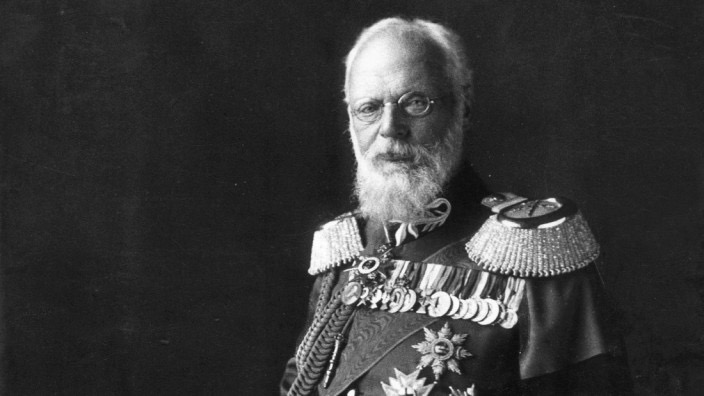 0
0


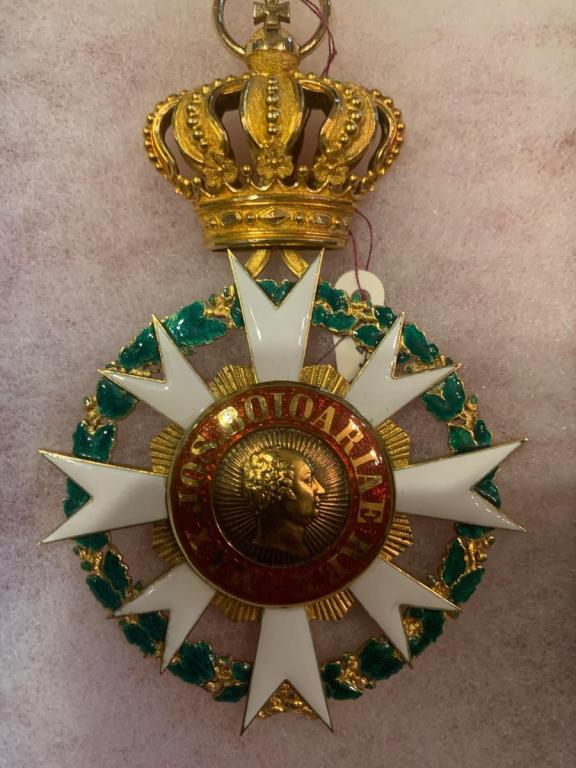
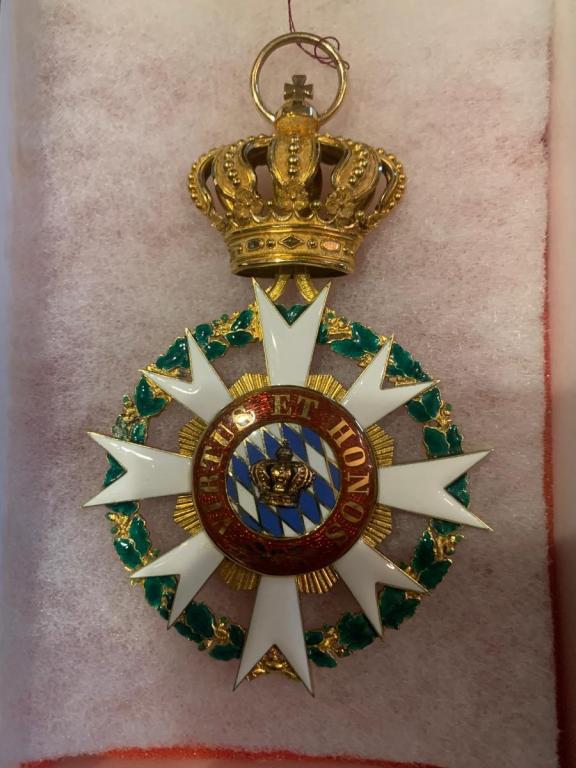

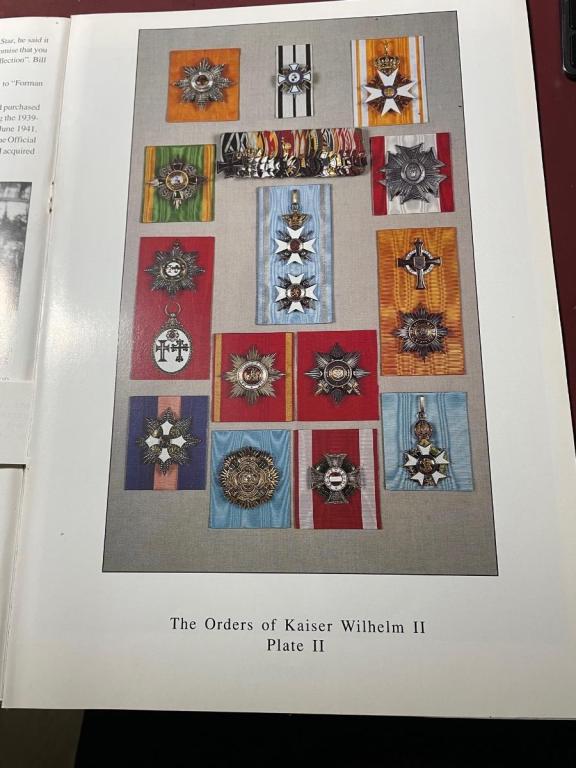
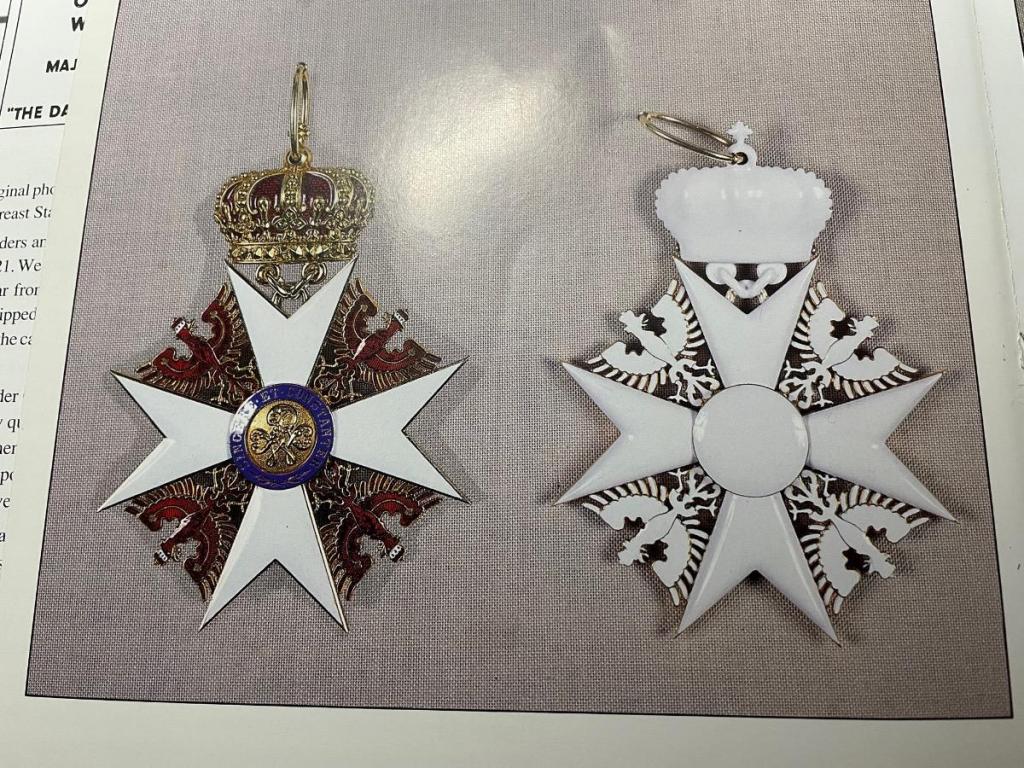
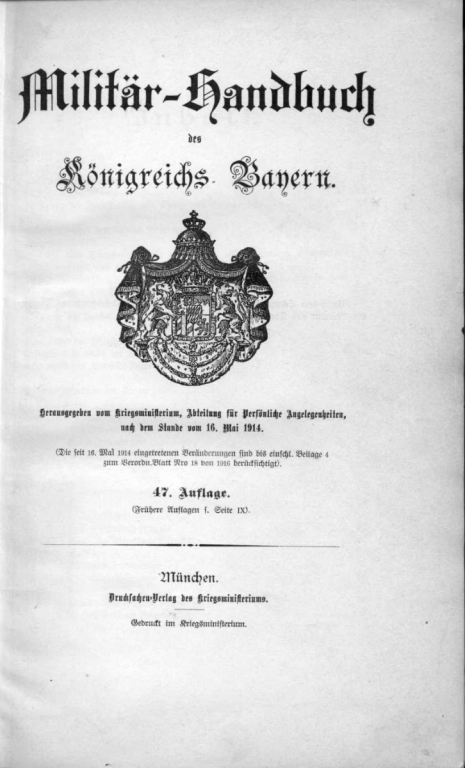
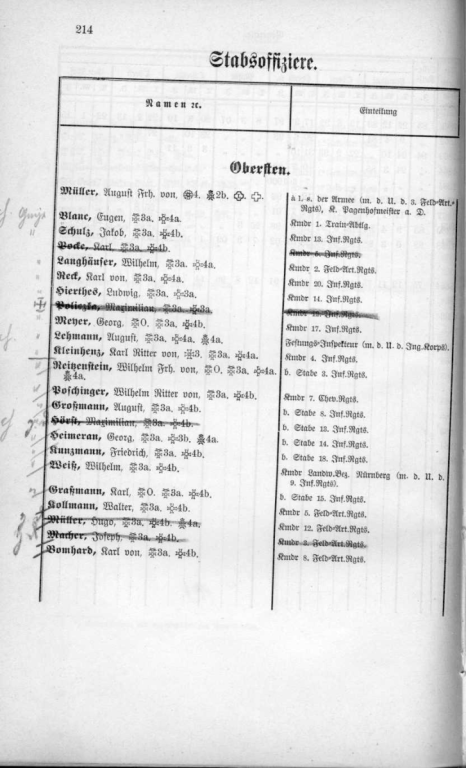
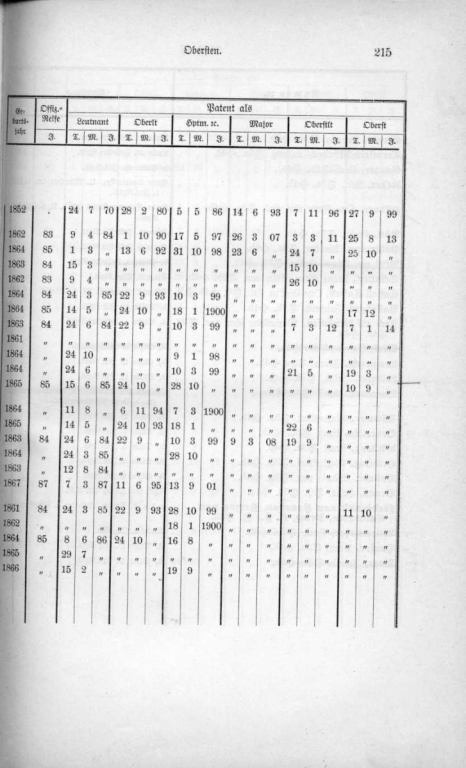
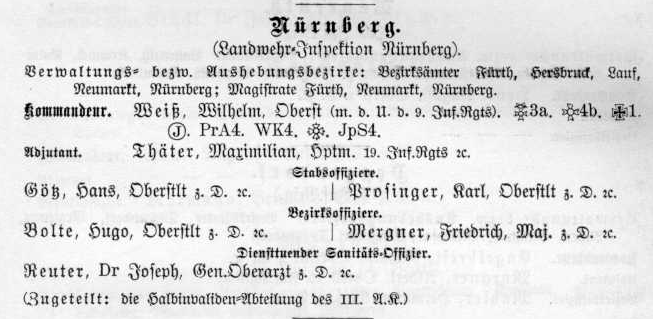
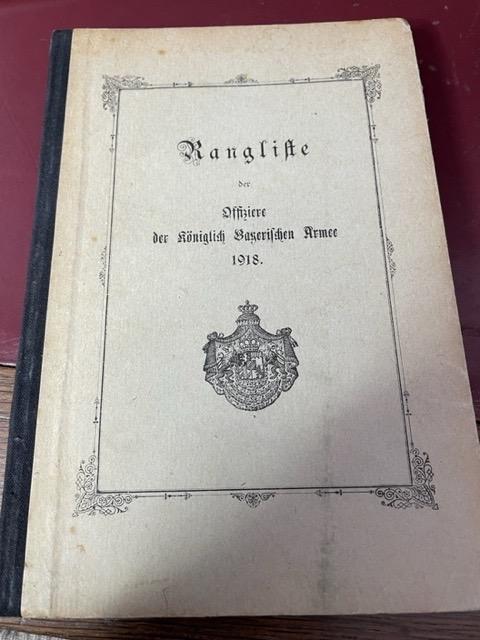
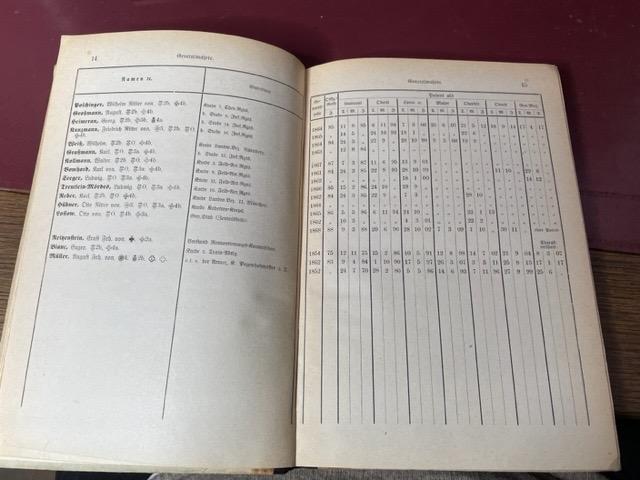
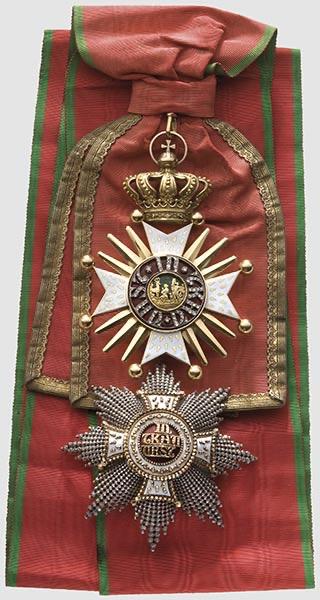
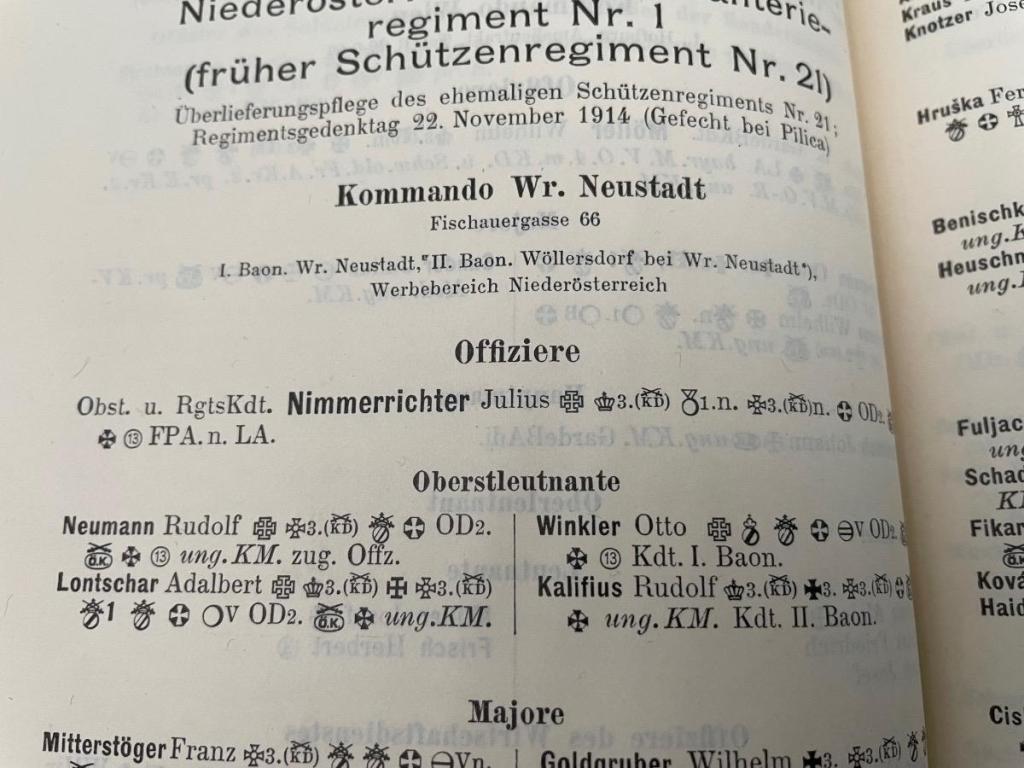
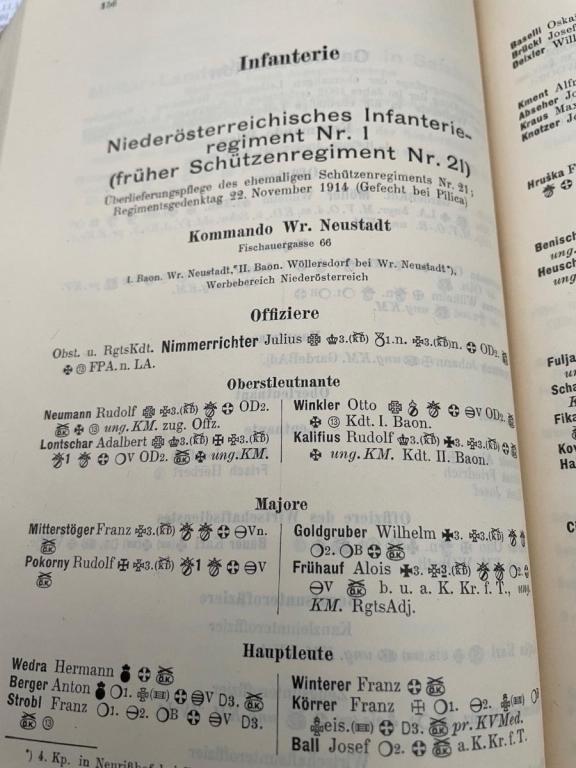
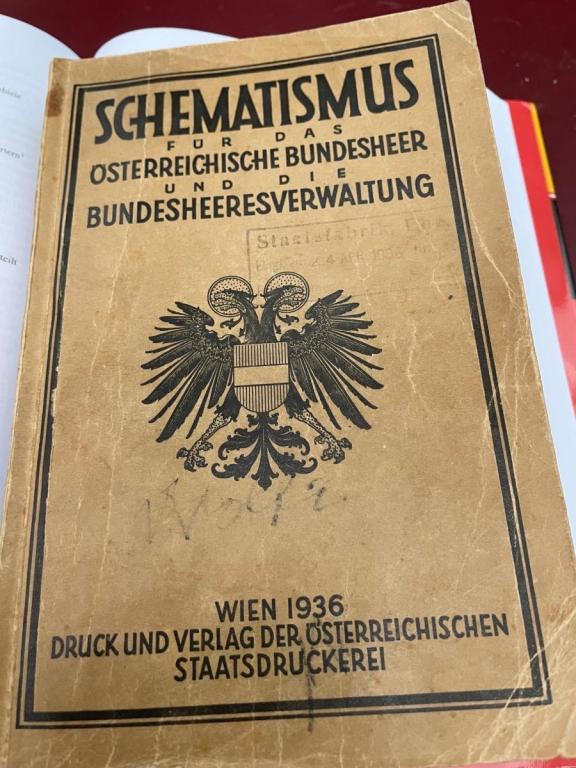
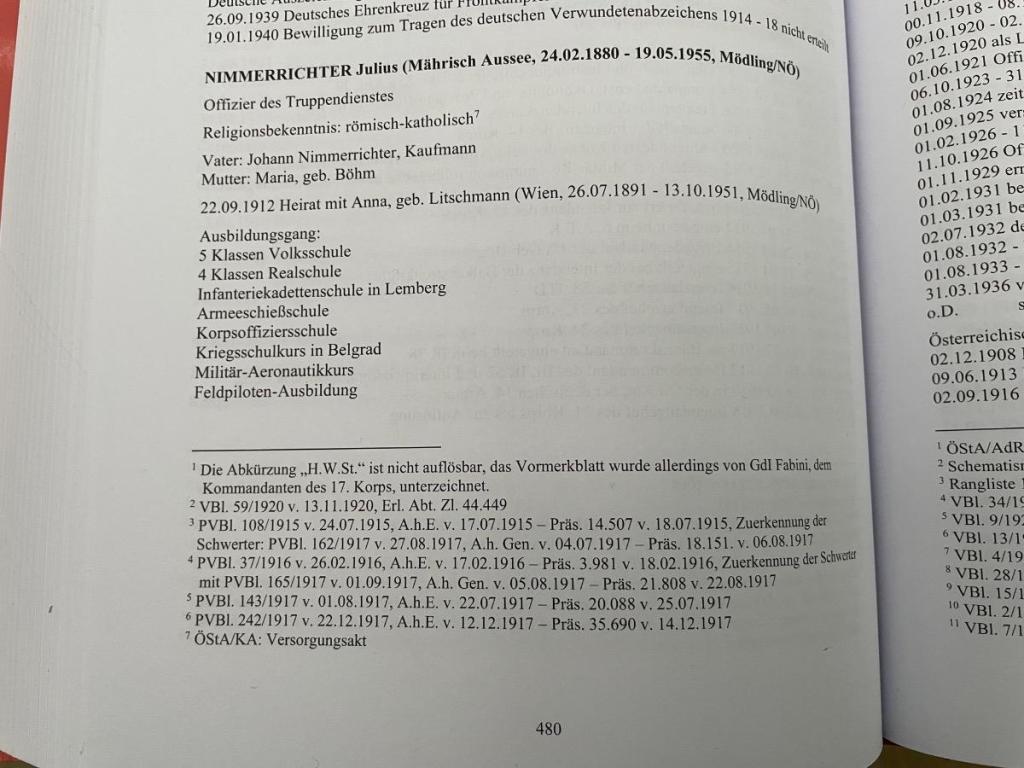

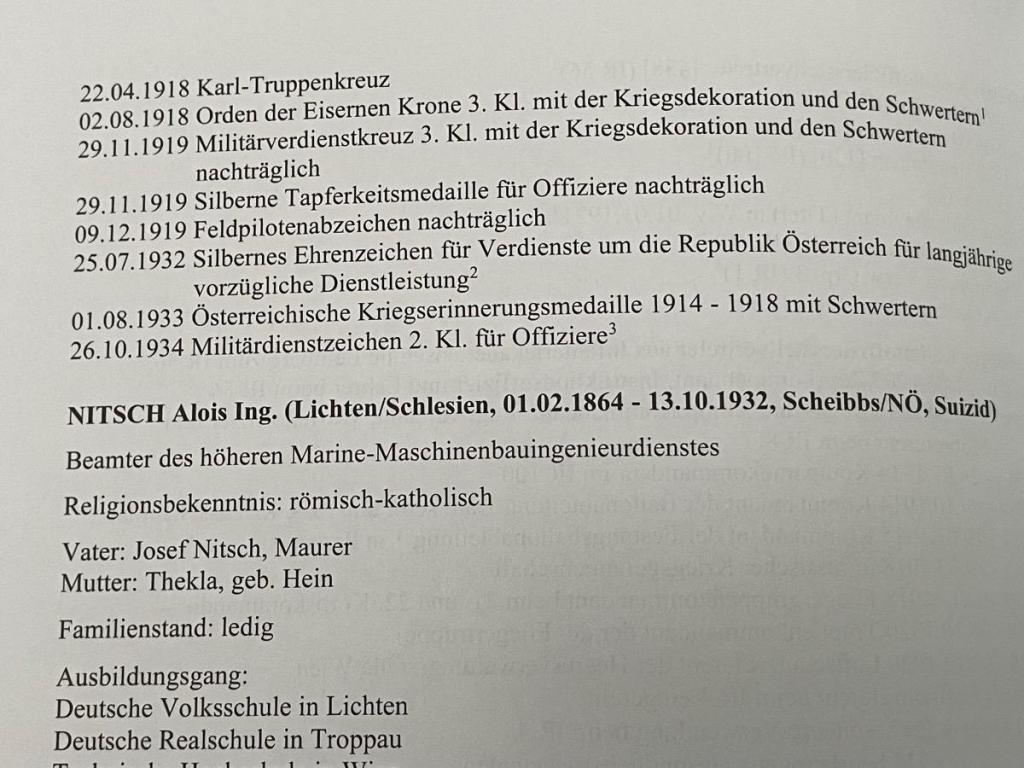

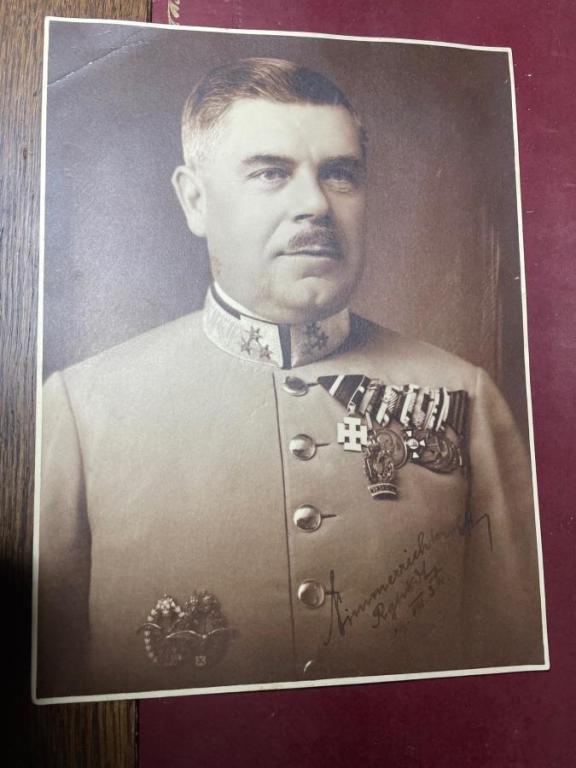

.jpg.e96338d76afceca91392ea223ae82f12.jpg)
.thumb.jpg.53eff13c4211a525543e15efde1b1026.jpg)
.thumb.jpg.e832c8016fc419c59d2df23beb8e7cf4.jpg)
.thumb.jpg.543442454f35847653105e9396d3bfff.jpg)
.jpg.a7a8927c94a6bf984d7a98ade424f3dd.jpg)
.thumb.jpg.4cb22465ab44bf9fbc51dea2fed152e5.jpg)
.thumb.jpg.0391982a1e421291cc85add15318edca.jpg)
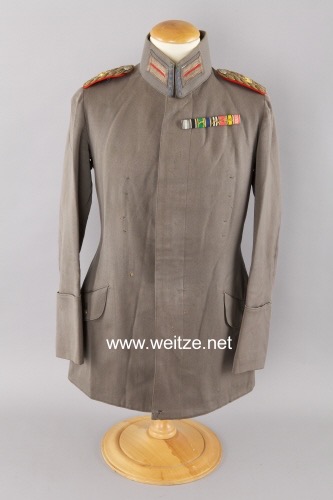


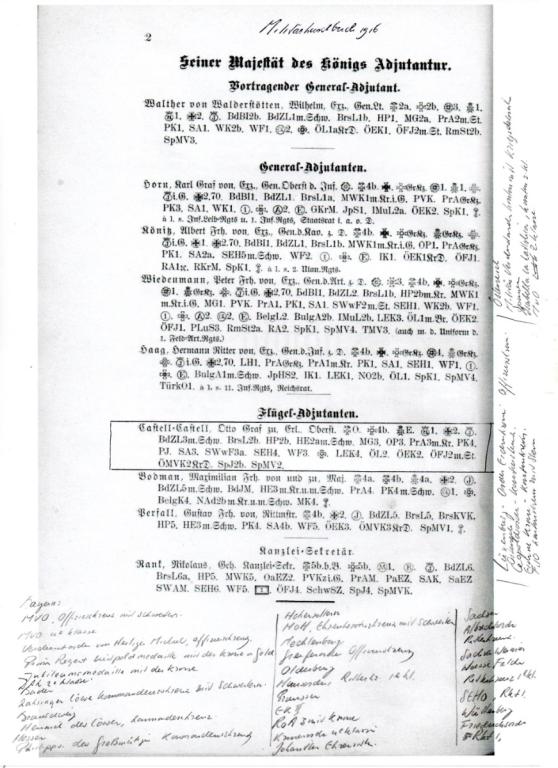
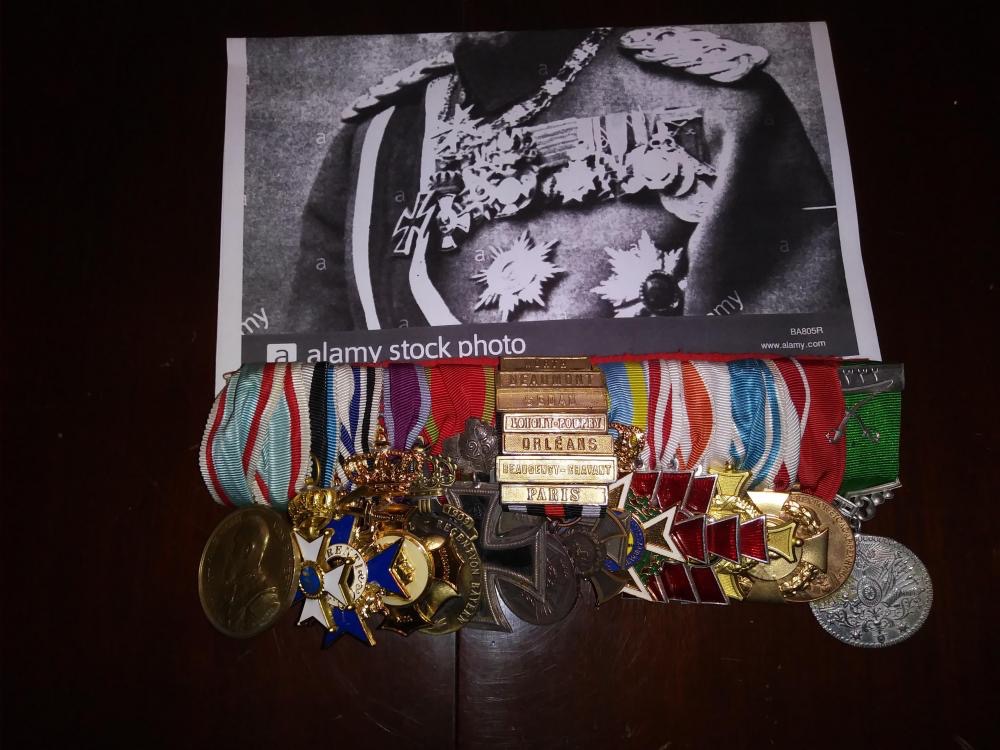
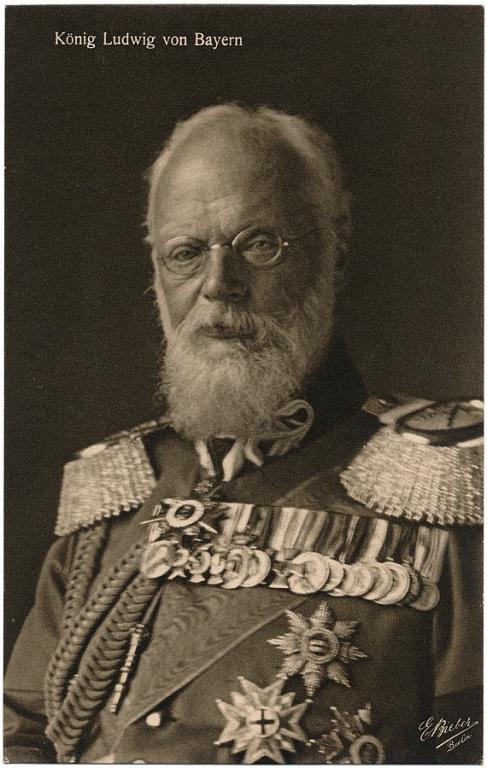
Who made the Mecklenburg Schwerin Military merit Crosses for the Duchy?
in Germany: Imperial: The Orders, Decorations and Medals of The Imperial German States
Posted
This seems to be true for 1914 crosses
https://www.ehrenzeichen-orden.de/deutsche-staaten/militar-verdienstkreuz-2-klasse-1914.html
but may not not necessarily be true for earlier versions like the one shown by Don (cross without date for the 1905/06 African campaigns).
Kind regards,
Sandro